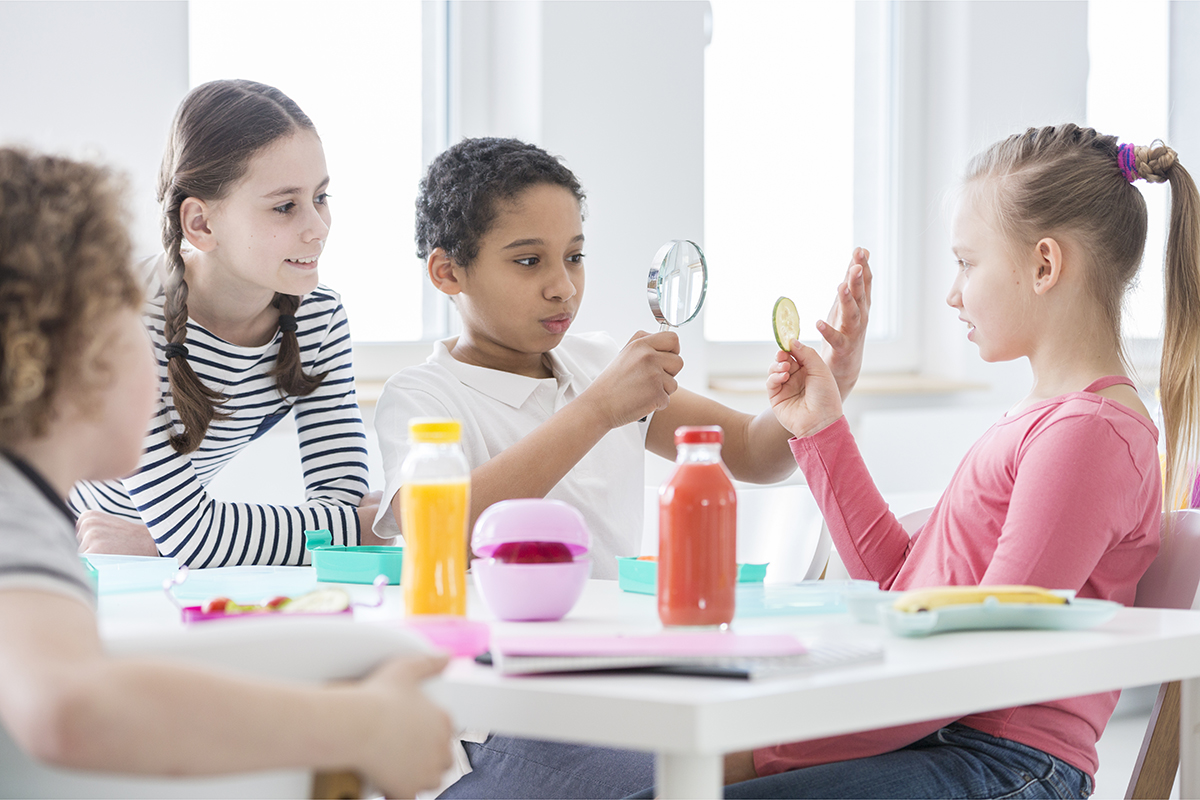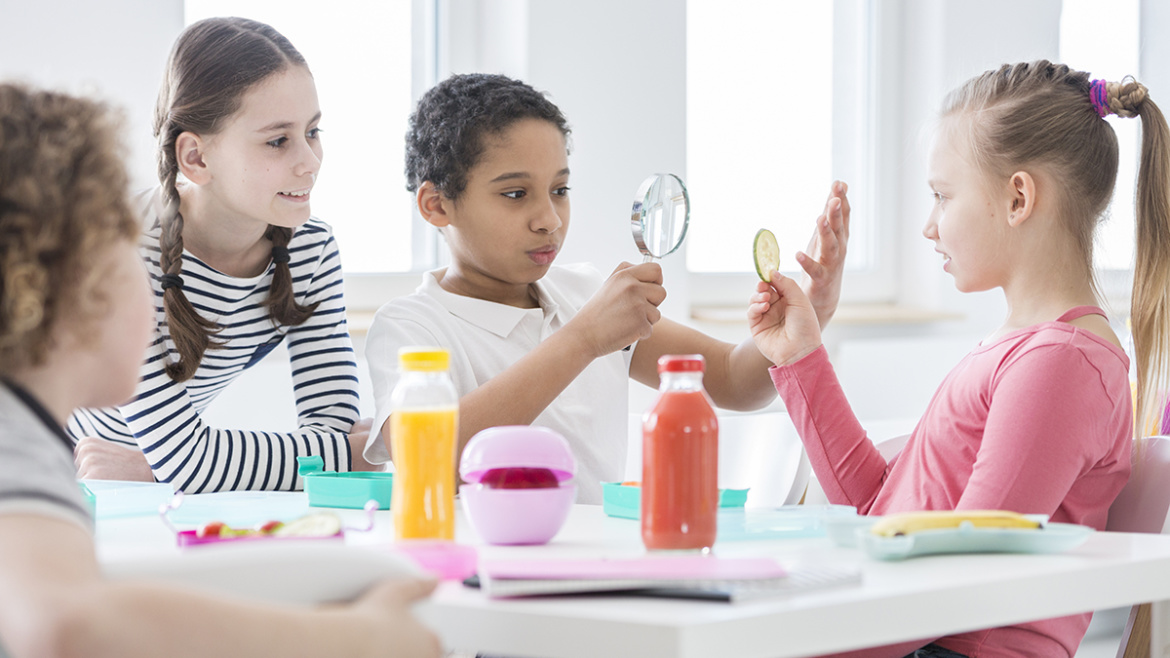
These are some examples of some activities to do with your child in order to make sure she/he:
TOLERATES BEING AROUND THE NEW/NON-PREFERRED FOOD:
- describe the properties of the food while it is in front of you
- you manipulate food in a creative/educational way near/in front of child
- child watches food preparation because it is interesting
- food is passed in front of child; directly in front of face
- place food on a napkin or table next to child and move closer to child as tolerates (without drawing attention to this, over the course of the meal)
- place food on edge of plate and move closer as tolerates
INTERACTION:
- have child pass food container to another
- have child serve self or another family member with a utensil
- child helps with food preparation using utensils
- child stirs with a utensil or other food (e.g. pretzel rod)
- child manipulates outer wrapper
- child pushes one food with another food (making a train)
- child puts one food into another (making faces, making b-day cakes with candles)
- child blows on food to tip it over or move along the plate/surface
SMELL:
- have child in kitchen while food is being cooked
- helps prepare foods with utensils or hands
- peeling, cutting, stirring
- waving food in front of face ( mimicking fans, airplanes, wiggle worms, “teaching physics of food”)
- bringing the food near the nose (make mustaches, whiskers, beards, lipstick, clown noses)
- model leaning down and exaggerating smelling (“Hmmm…Ahhh”)
TOUCH:
- building with food (making trains, steps, bridges, rainbows, letters, shapes)
- painting with foods (shapes, letters, pictures, faces, etc)
- driving foods and driving foods under other foods (peanuts make great boats and cars)
- inch worm up the hand, arm, shoulder, cheeks, etc
- driving to the cave (mouth)
- kissing foods, foods kissing you
- pretending the food is lipstick, rubbing food on lips
- flicking onto plate, into bowl
- serving yourself with your hands
- scraping with hands into trash; throwing away foods on the table
- making food into objects you can wear (earrings, glasses, necklace, bows in hair, rings, etc)
- smashing, crunching, breaking, ripping, tearing with hands
- cookie cutters
- give food hugs
- tapping the food on the teeth
- balancing the food on your nose
- hanging the food from lower lip
- holding food on/above your upper lip with no hands
- sliding down the slide/ski slope (= your nose)
- sticking the food to parts of the body (forehead, cheek, hand, nose, chin)
TASTE:
- being a puppy with a bone
- holding food in teeth, no hands
- kissing food
- driving into mouth
- blowing out of mouth
- hold in teeth then push out with tongue
- licking (“make it wet, like a puppy does”, lick it like an ice-cream cone)
- listen to the noises it makes when biting/crunching
- imitate brushing teeth with food
- making a popping noise pulling foods out of mouth
- exaggerated chewing with noise and head movement
- licking food from fingers
- hold bite of food in back teeth, spit out
- bite off small pieces, then spit out quickly
- touch to tip of tongue fast
- playing peek-a-boo on tongue
- counting chews
- “1, 2, 3” everyone licks, bites etc
(ideas borrowed from multiple online sources)



